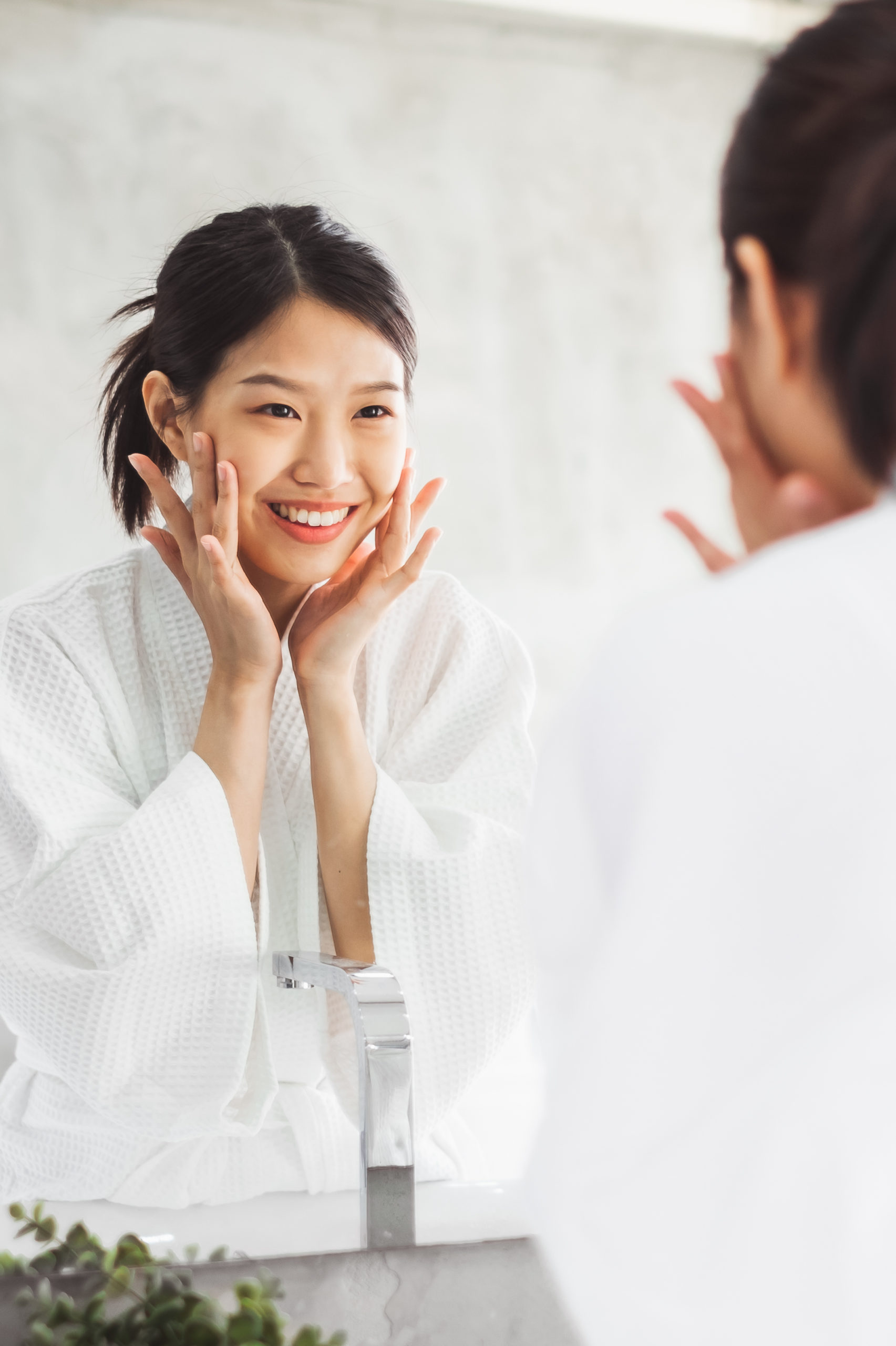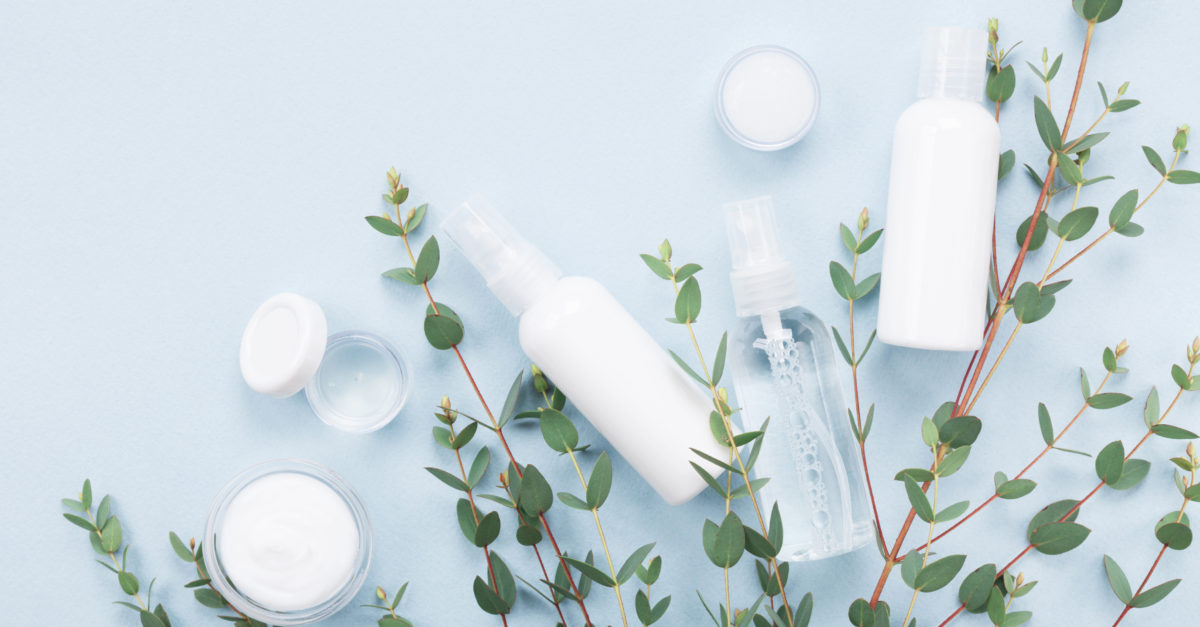The Future of Clean Beauty
Over the past decade or so, people have shown an increased interest in healthier products—from the foods we eat to the cleaning supplies we use in our homes. This movement has spawned numerous eco-friendly cleaning brands, encouraged more people to shop local, and even kick-started an entire industry around household products made from sustainable materials (such as bamboo toothbrushes and metal straws.)
While this movement has been extremely positive for our—and the planet’s—well-being, there is still one industry in particular that has proven more difficult to infiltrate: personal care and beauty.
In the 1960s and 1970s, people became more aware of the methods used to test the safety of personal care and beauty products—primarily via animal research. This spawned an outcry for the cosmetics industry to make significant changes to testing methods and even resulted in the passing of the Laboratory Animal Welfare Act in 1966. The act has been amended multiple times to be more comprehensive and is now known as the Animal Welfare Act.
The industry moved toward protecting the safety of animals, but what about our own safety? It seems to have taken much longer for this concern to enter the mainstream. However, take a look at store shelves and you’ll notice a change is slowly occurring.
What Actually Is Clean Beauty?
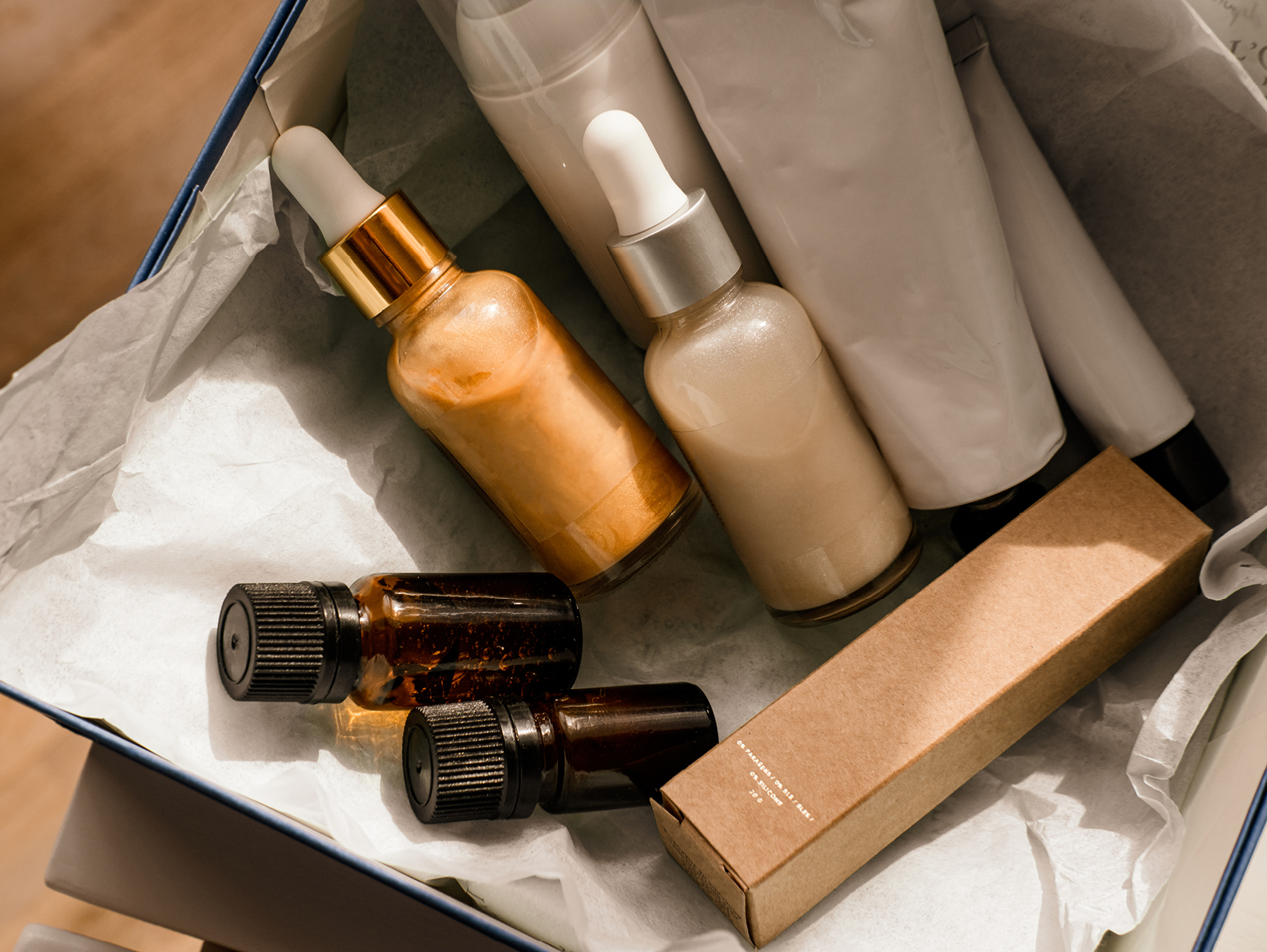
Unlike pharmaceuticals, the products and ingredients in cosmetics (with the exception of color additives) are not regulated by the FDA. The FDA does require that products be unadulterated and properly labeled; however, aside from a few restrictions companies are allowed to use virtually any ingredients. Therefore, it can be hard to define what “clean beauty” is and for consumers to identify the cleanest, safest products. If you’re a newcomer to the idea and are looking to make a change, there are a few things to keep in mind.
A LAUNDRY LIST OF INGREDIENTS
Similar to packaged foods, the fewer ingredients in clean beauty products, the better. Be wary of products that include ingredients that are impossibly long or those you can’t pronounce (e.g., propylene glycol, phthalates, and sodium laureth sulfate).
NATURAL DOESN’T MEAN CLEAN
The word natural is used a lot across many industries to imply that a product is better for you than others. However, there are plenty of chemicals and additives that are technically “natural” but are not necessarily good for you.
BE WARY OF OVERUSING ESSENTIAL OILS
The term essential oils has been thrown around in the health world a lot, and while they can offer a
lot of health benefits, some products have a highly concentrated amount of essential oils, meaning a little goes a long way. If a product contains essential oils, be sure to test on a small patch of skin first to make sure it won’t irritate you.
The Ingredients to Look for
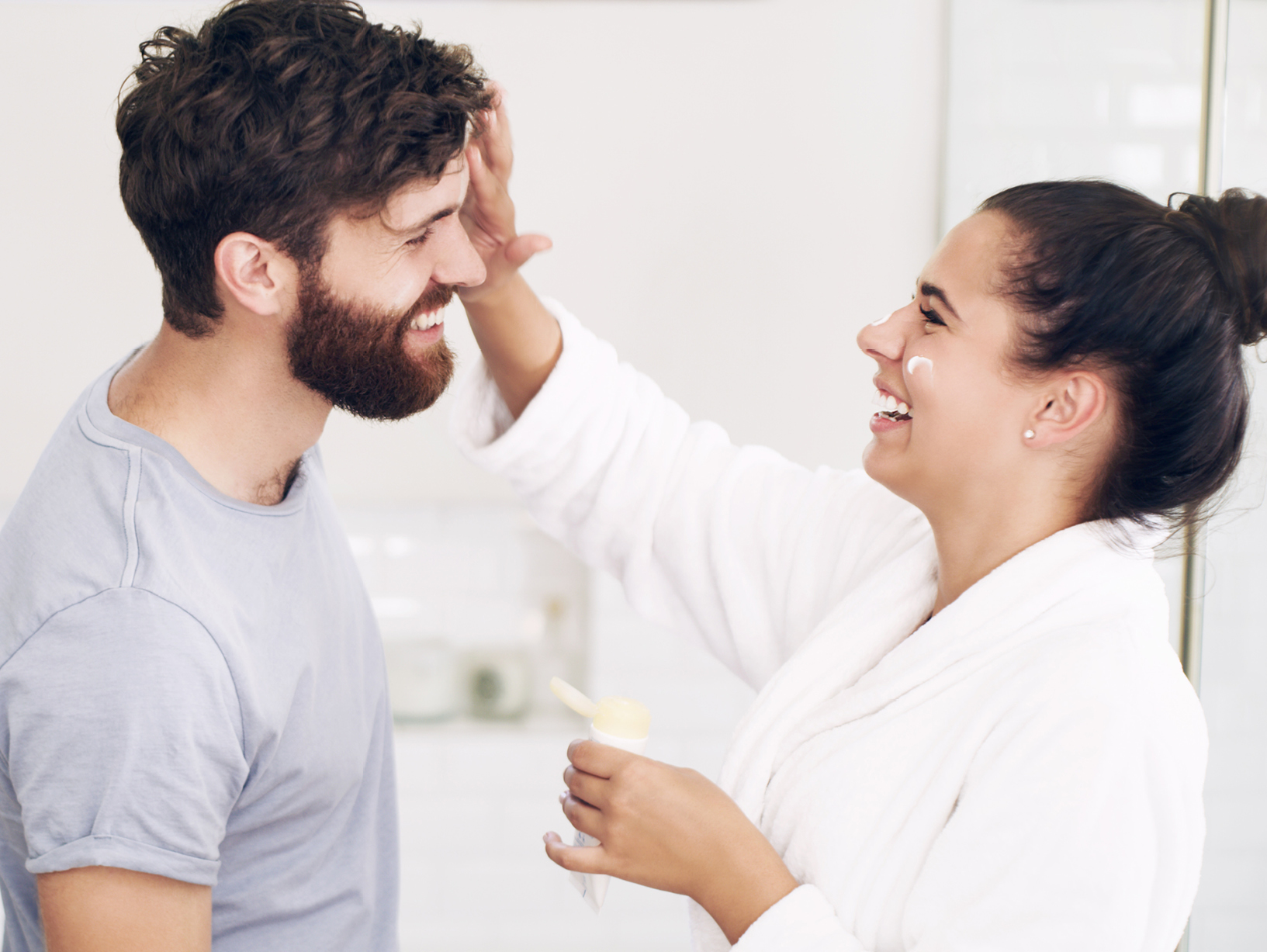
Although it’s easy to assume a product is clean if it’s advertised as such, it has become the responsibility of the consumer to do his or her own research to guarantee it. In addition to knowing what to avoid, it’s equally important to know what types of beneficial ingredients make up the cleaner beauty products on the market. According to Odacité—a California-based wellness company—there are twelve specific ingredients to be wary of:
• Aluminum
• DEA (Diethanolamine), MEA (Monoethanolamine), and TEA (Triethanolamine)
• DMDM Hydantoin & Urea
• Mineral Oil
• Parabens
• PEG (Polyethylene Glycol)
• Phthalates
• Propylene Glycol and Butylene Glycol
• Siloxanes
• Sodium Lauryl Sulfate & Sodium Laureth Sulfate
• Synthetic Fragrances
• Triclosan
While all these ingredients can be harmful for different reasons, the main problem is the way that many of them interfere with your body’s natural processes. Phthalates and triclosan, for example, are known endocrine disruptors, meaning they affect your body’s natural hormone function.
So what types of ingredients are actually OK?
First things first. It’s a good idea to look at the transparency on the packaging of your personal care and beauty products and to pay attention to any certification seals and special labeling. Although the ingredients list and labeling are not the be-all and end-all of trustworthiness, they are good places to start when determining whether or not to support a specific brand. One of the best markers to look for is the USDA Organic seal—meaning the product contains at least 95 percent organic ingredients. You can also look to see if the product is verified by the Environmental Working Group, a resource that helps consumers make sure they’re using products that are safe for themselves and the environment.
Making Clean Beauty More Accessible
The decision to support a specific brand is ultimately up to you, but there are a number of excellent resources, both in stores and online, to help guide you in your search for the cleanest personal care and beauty products. In addition to offering its seal of approval on products, the EWG provides an online database of products it has deemed safe, as well as those with hazardous or potentially hazardous ingredients, separated into easily searchable categories such as Skin Care, Sun Care, Hair Care, and Fragrance. The database currently includes over 1,500 products, with new ones being added every day. Many popular stores like Sephora, and even large retailers like Walmart and Target, are now including special sections of their stores (and websites) specifically stocked with clean beauty products to make finding safe options even easier.
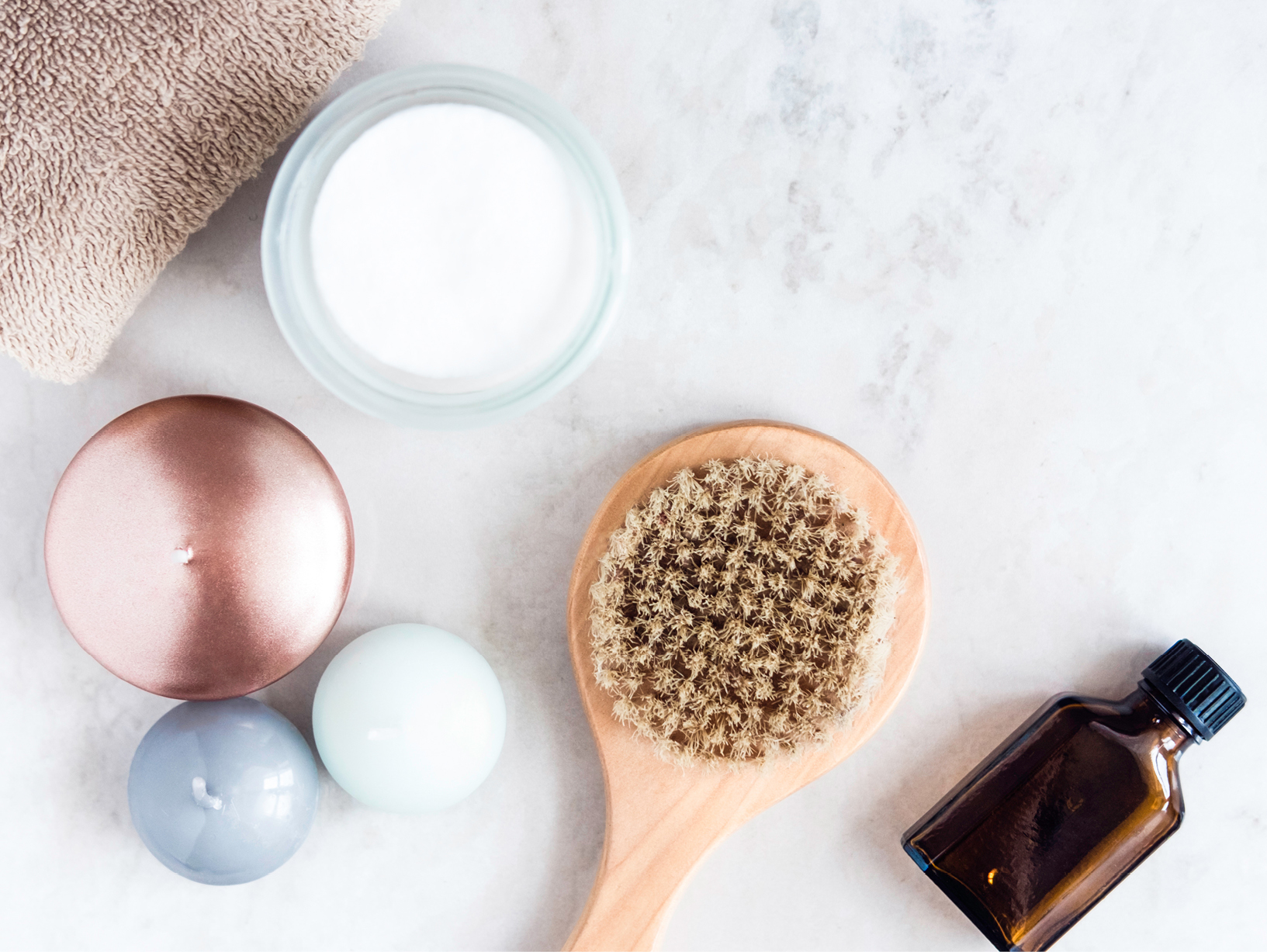
There are brands out there now offering clean versions of everything from mouthwash and shaving cream to mascara and baby wipes—which is a huge step forward for consumers. Although there is still progress to be made, there are more companies forming all the time with a mission to be more visible and dedicated to the health and wellness of their customers. When companies are transparent about the ingredients in their products, it helps us all feel a little more comfortable about what we are putting on and into our bodies, and it sets a precedent for a cleaner, greener future.
For more info, visit ewg.org
